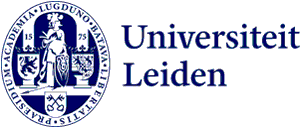
This is the library you did not know you had been looking for
2,240 plant extracts from 1,299 different plant species of Dutch origin. That’s the collection of the Dutch Extract Library, which has recently been transferred to the Institute of Biology Leiden. To plant biologist and contact person for this library Pingtao Ding this is a true treasury. ‘To bring together so many different chemicals from different plant species is quite unique.’
Seven large freezers, or maybe even nine, full of plant material. Why would you collect so many plant materials? ‘To me, it's a treasure hunt’, says Pingtao Ding. ‘Whether you are a researcher in general biology, agriculture, medical and pharmaceutical science, or even cosmetics, I am pretty sure there’s something in there for you that might be useful.’
Dutch Extract Library
The Dutch Extract Library (DEL) is a collection of plant materials that are naturally growing in the Netherlands. The goal of the library is to find bioactive molecules that might have a useful application in for example the discoveries of new drugs, agrochemicals or cosmetic products.
Do you want to know more about this library with natural products? Take a look at the website.
Testing a mixture of molecules for activity
So how does this work? From the plants, the researchers isolate, or extract, a mixture of molecules. These extracts you can test for activity, such as antibiotic properties. Because you are testing a mixture of molecules, you cannot immediately determine which molecule or combination of molecules is causing the (desired) activity. You then need to separate the different chemicals and test them again until you find the molecule responsible for the activity.
With 2,240 plant materials from 1,299 different plant species, the collection is considerably large. Ding: ‘DEL might not be the only solution to challenges in drug discovery or sustainable agriculture, but it can be a very valuable resource. To bring together so many different chemicals from different plant species is quite unique.’
-
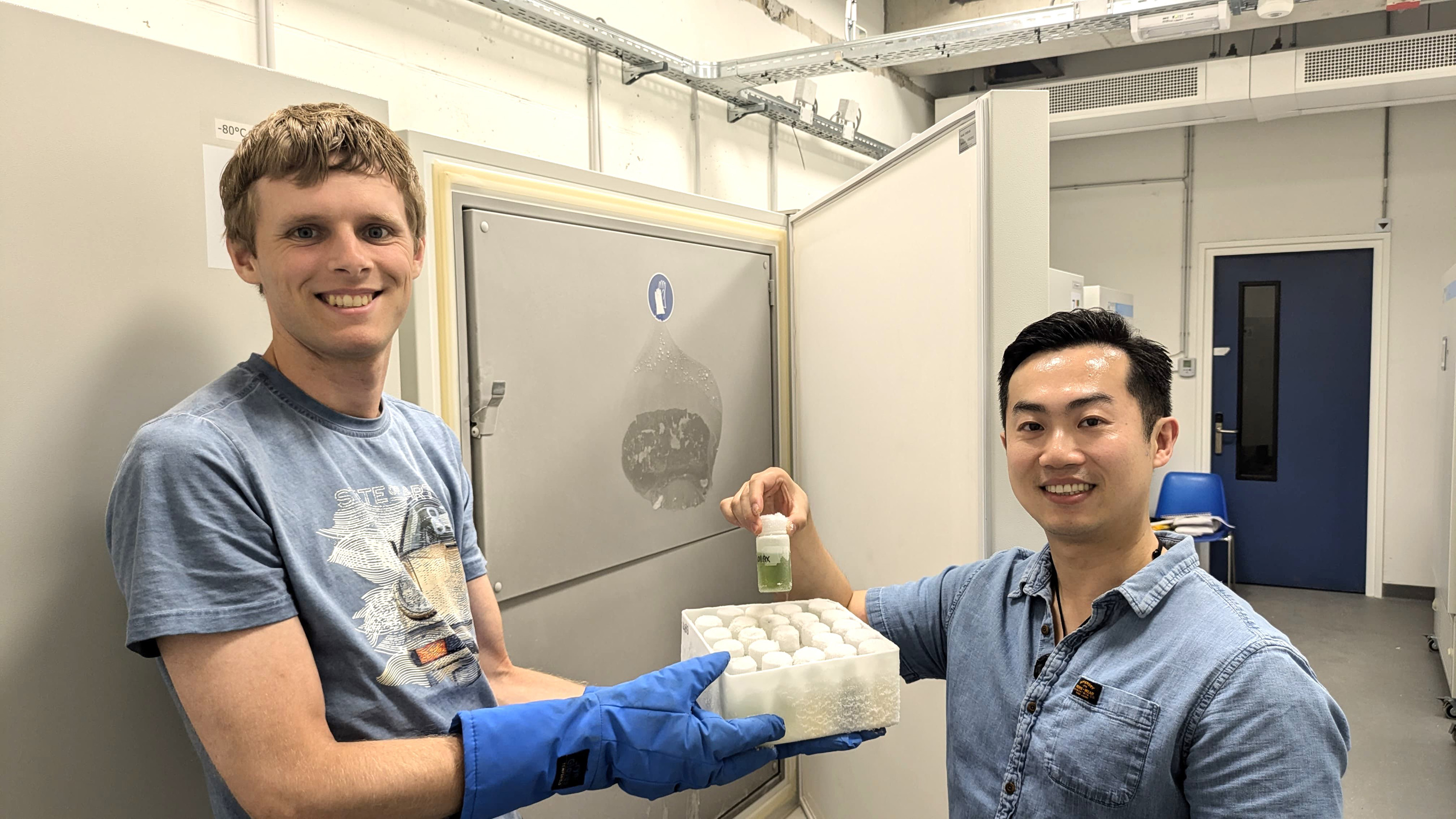
Pingtao Ding (right) is contact person of the Dutch Extract Library. Alex Bos is research staff member and helps Ding with the practicalities of the library -
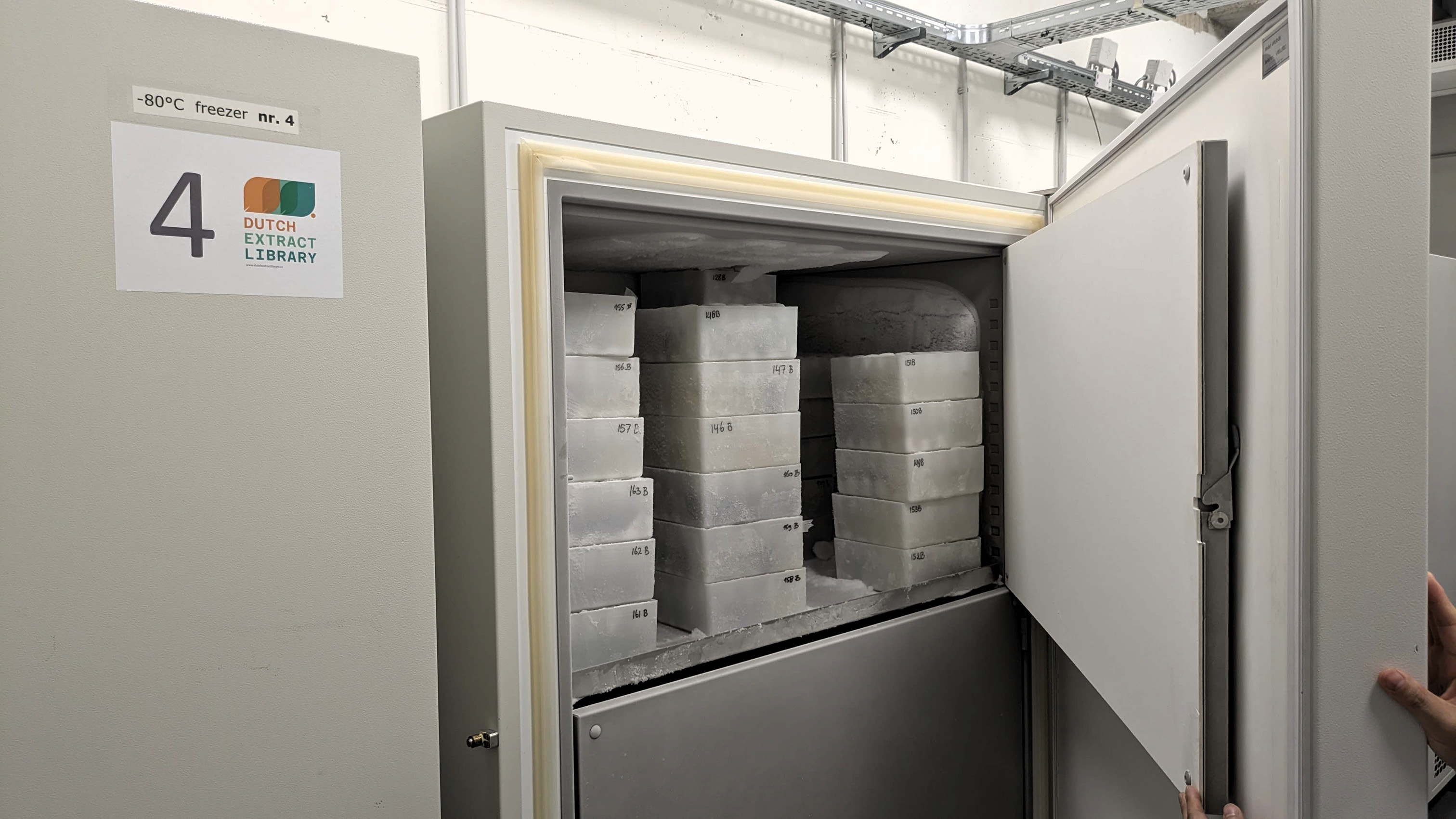
-
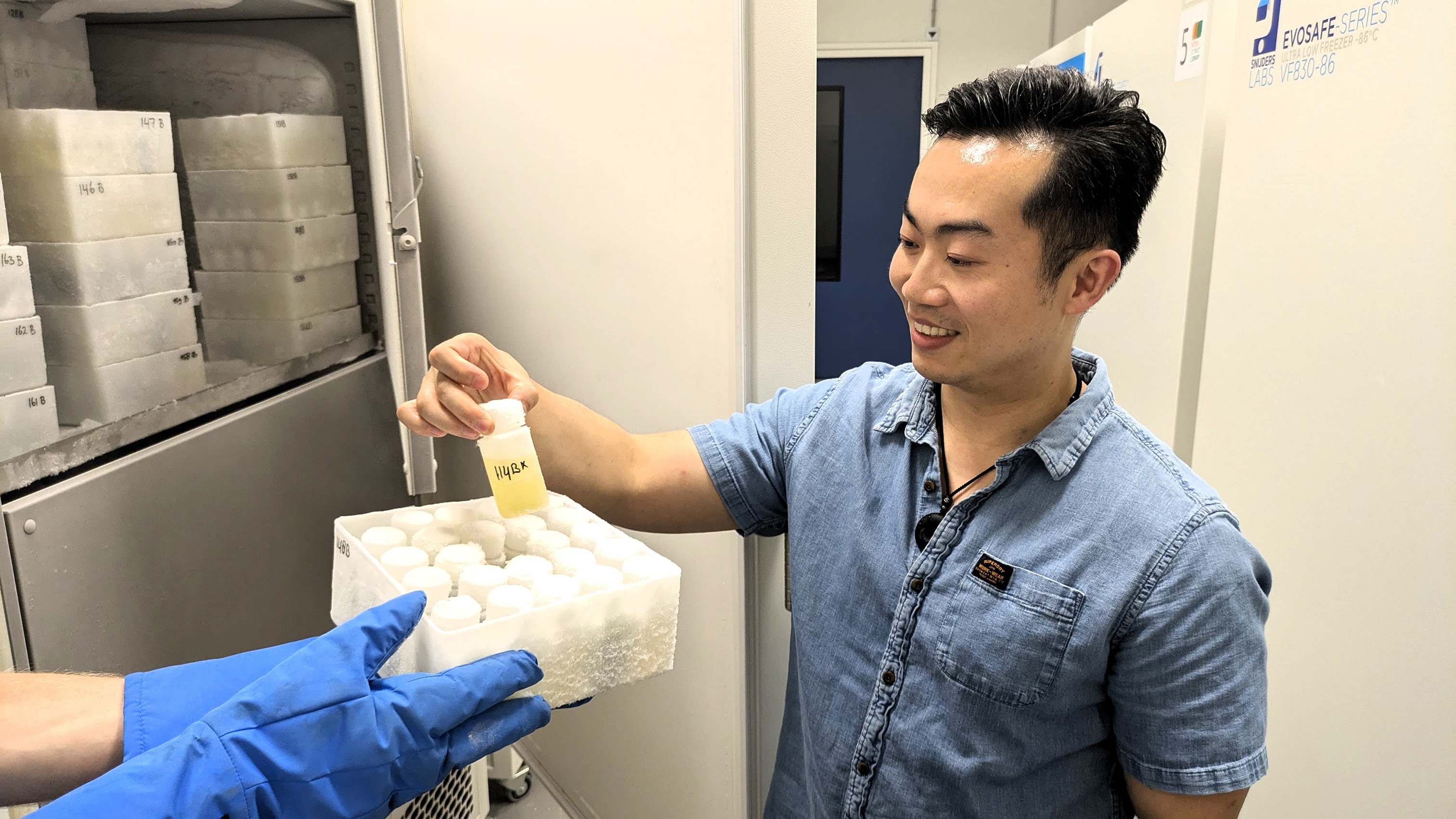
-
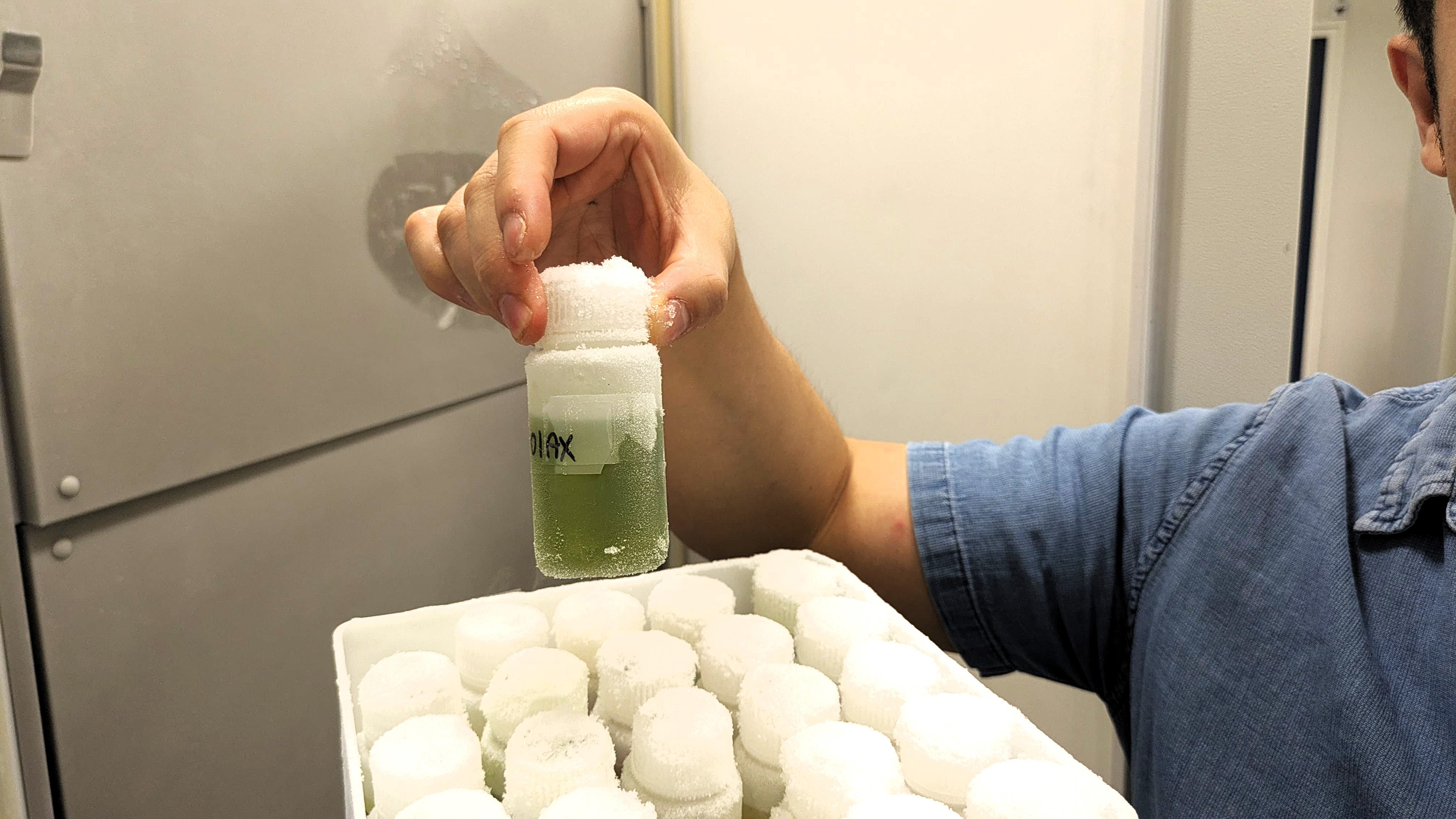
The library is full of potential, waiting to be found
‘To me, the library is full of sleeping beauties, waiting for us to wake them up and make good use of them. And every single scientist will have a different princess to kiss. As a plant biologist, I’m looking for molecules that might be useful for facilitating plant growth and yield while minimising diseases. Biomedical researchers are looking for medical drugs that can benefit humans. And the cosmetic industry might be looking for new skin-care products.’
One of IBL’s biologists and former contact person of the library, Nathaniel Martin, has already demonstrated the value of the DEL. The professor of Biological Chemistry has found a molecule with potential anti-cancer activities. The compound might have some level of toxicity, but it provides a new lead for scientists to further modify and optimise. ‘That’s the beauty of biochemistry’, Ding says. It is about finding something actively useful. You can later eliminate the side effects, but you first need to find the activity.
Everyone is invited to use the library
Ding is very excited about this new role and has big ambitions for the library in the upcoming year. He wants to make sure that everyone feels invited to use it and stimulates collaborations across disciplines. ‘Our door is open. Whether you are a scientist or not, it doesn’t matter as long as you believe that the library can be of value to you.’
